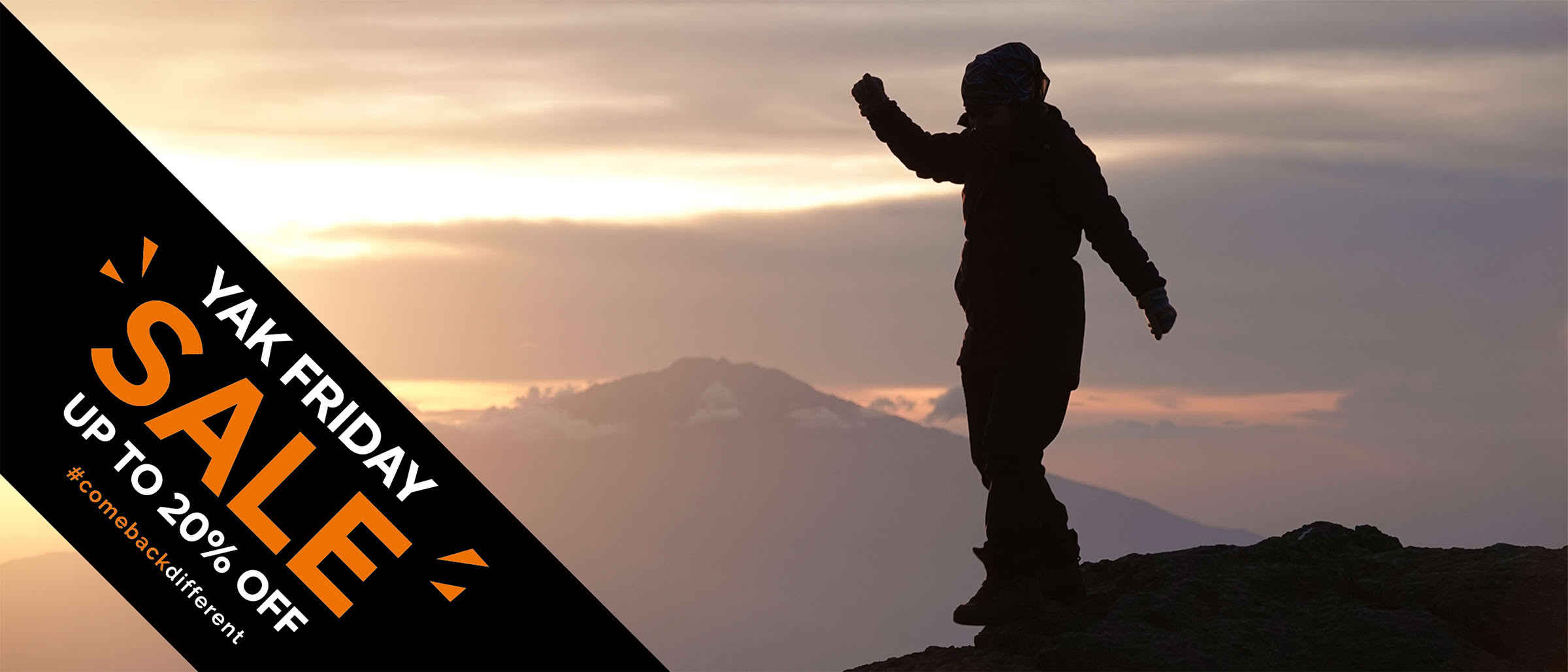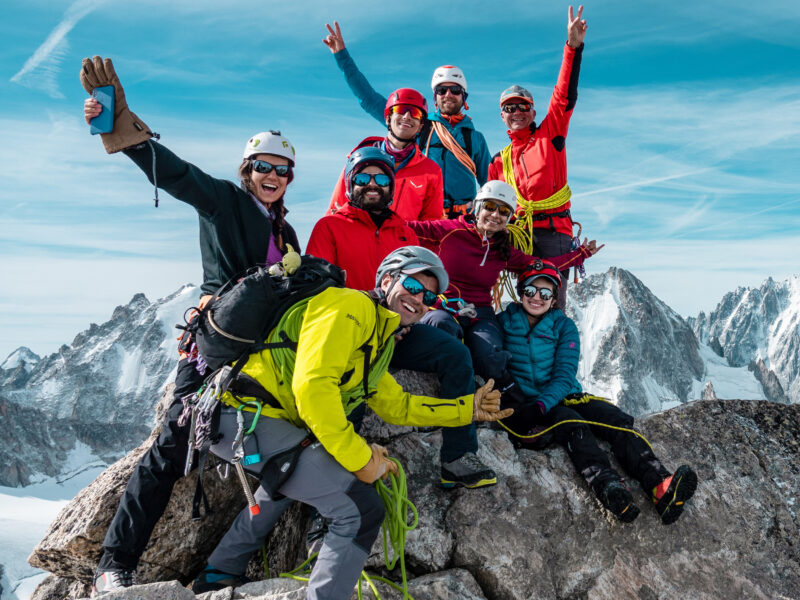BY Rami Rasamny | August 13 2025
The Complete Guide to Climbing Ama Dablam
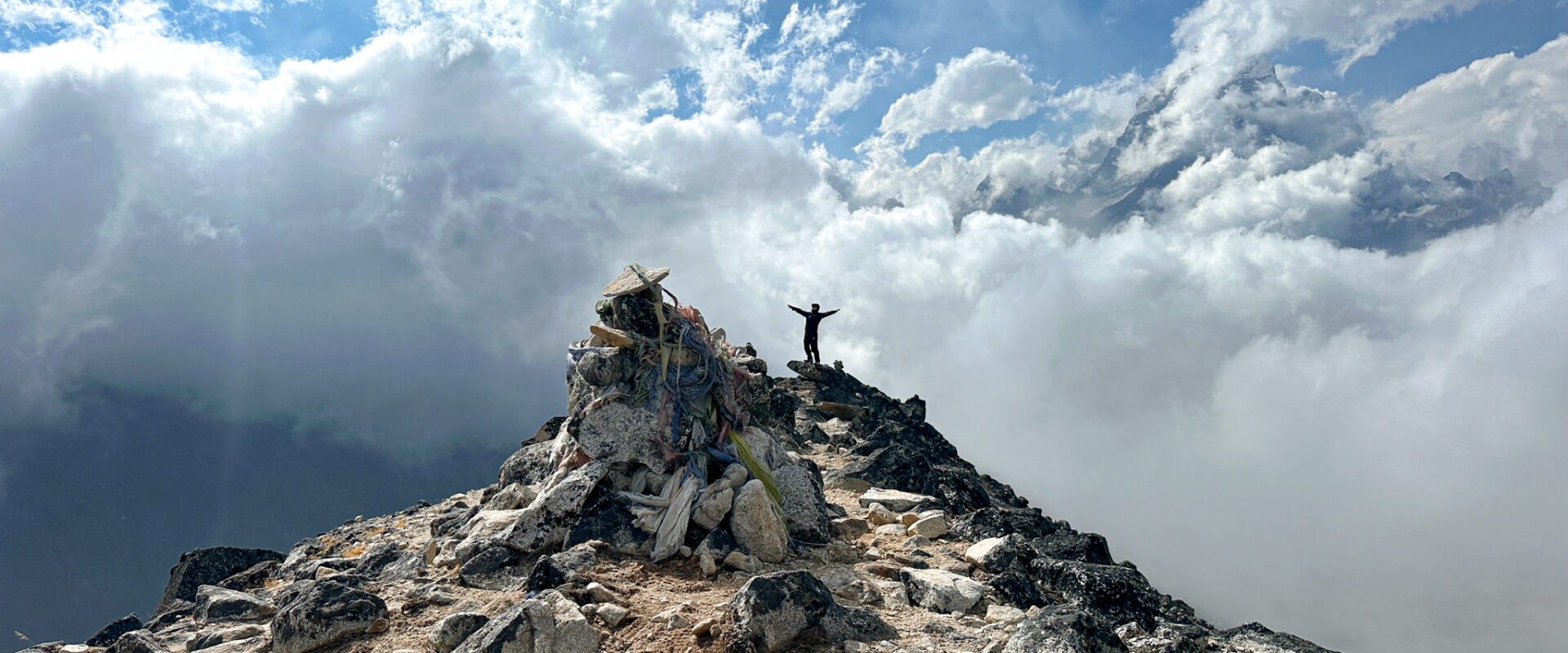
Ama Dablam, with its sweeping ridges and soaring 6812 meter summit, is often called the most beautiful mountain in the world and for good reason. Towering above the Khumbu Valley, it is a striking presence for trekkers heading to Everest Base Camp, and for climbers, it represents one of the finest alpine style ascents in the Himalayas. But beauty does not mean easy. Ama Dablam is a serious expedition with sustained technical climbing, exposure, and high altitude conditions that demand skill, preparation, and respect.
This complete guide is designed to walk you through everything you need to know to make your Ama Dablam expedition safe, successful, and unforgettable whether you are just beginning your research or locking in your final plans.
Why Climb Ama Dablam?
Climbing Ama Dablam is more than just a summit attempt. It is a masterclass in technical Himalayan mountaineering. The route blends rock, ice, and mixed terrain, all in a high altitude environment, and it offers some of the most aesthetic climbing lines in the world.
Standing on its summit rewards you with a panoramic view that sweeps across Everest, Lhotse, Makalu, and the rugged Khumbu region. The climb is also a deeply personal journey, one that tests mental resilience, sharpens technical skills, and immerses you in the culture and grandeur of the Himalayas.
For many, Ama Dablam is a stepping stone between high altitude trekking peaks like Island Peak and bigger 8000 meter expeditions. For others, it is a lifetime goal in its own right.
At Life Happens Outdoors, we design Ama Dablam expeditions to be transformative, not transactional, focusing on skill building, safety, and the shared experience of a rope team moving with purpose and trust.
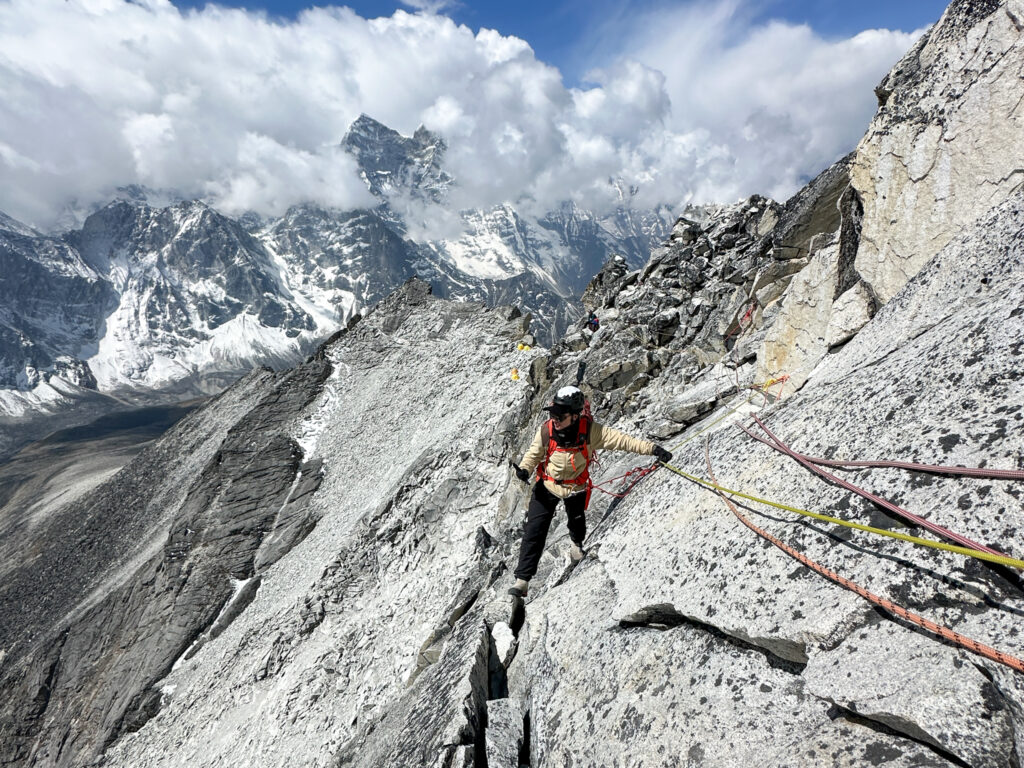
Is Ama Dablam Right for Me?
Ama Dablam is not an entry level Himalayan climb. While you do not need to be a professional mountaineer, you should have:
- Solid multi pitch rock climbing experience (comfortable climbing up to 5.8 / UK Severe)
- Proficiency with crampons and ice axe on steep snow and ice
- Previous high altitude climbing or trekking experience (ideally above 5000 meters)
- Confidence with rope systems, rappelling, and fixed line ascents
- The ability to carry a 10 to 15 kilogram pack on steep, technical ground
If your background is primarily in trekking, we recommend building skills on peaks like Island Peak, Lobuche East, or in alpine environments such as the Alps before attempting Ama Dablam.
When Is the Best Time to Climb Ama Dablam?
There are two main climbing seasons:
- Post Monsoon (October to November)
The most popular season with stable weather and clear skies.
In recent years, post monsoon has become crowded because many expeditions that cannot operate on 8000 meter peaks shift to Ama Dablam. Expect more fixed lines, larger teams, and potential delays. - Pre Monsoon (April to May)
Less crowded and sometimes offers quieter climbing days.
8000 meter expeditions are active during this time, meaning fewer large teams on Ama Dablam.
At Life Happens Outdoors, we tend to prefer the pre monsoon season when conditions allow, as the mountain can be quieter and the climbing experience more focused.
Which Route Should I Take?
The Southwest Ridge is the classic and almost universally chosen route:
- Base Camp (4570m) to Camp 1 (5700m)
Involves trekking over moraine and easy scrambling on rock slabs. - Camp 1 to Camp 2 (5900m)
Sustained technical rock climbing along exposed ridges, including the Yellow Tower. - Camp 2 to Camp 3 (6300m)
Involves mixed climbing on snow and ice, with significant objective hazards from hanging seracs. Many teams, including LHO, skip Camp 3 and summit directly from Camp 2 to reduce exposure to these hazards. - Summit Push (6812m)
A long and demanding day on steep snow and ice slopes, often with exposure to wind and changing weather.
How to Train for Ama Dablam
Training for Ama Dablam means preparing for long days of sustained technical climbing at altitude:
- Climbing specific training with regular multi pitch climbing (both rock and ice) to build movement efficiency and rope skills
- Endurance conditioning with long hikes carrying a weighted pack, stair climbs, and high intensity cardio sessions
- Strength training focused on legs, core, and pulling strength for jumar ascents
- Altitude preparation by taking part in high altitude treks or climbs in the months leading up to the expedition if possible
On an LHO expedition, we help you develop a tailored training plan and ensure you arrive both physically and technically ready.
What to Pack
Every gram counts on Ama Dablam. Your kit needs to handle rock climbing, ice climbing, and sub zero Himalayan nights:
- Clothing with a layered system including a warm down jacket, technical shell, and insulated pants
- Climbing gear such as harness, helmet, double boots, crampons, ascenders, and belay devices
- Sleeping system with an expedition sleeping bag rated to at least minus 20 degrees Celsius
- Gloves including multiple pairs such as technical climbing gloves and warm summit mitts
LHO provides a detailed kit list and offers advice on hiring gear in Kathmandu to minimise travel baggage.
Food and Hydration
At altitude, eating becomes a challenge, but you need consistent fuel:
- Stick to familiar, calorie dense snacks such as nuts, chocolate, and dried fruit
- Hydrate regularly, melting snow where needed
- On LHO trips, meals are provided at Base Camp, with high energy snacks supplied for high camps
Do I Need to Acclimatise?
Absolutely. Acclimatisation is critical to avoid altitude sickness and perform safely.
A typical LHO itinerary includes:
- A gradual trek into Base Camp along the Everest Base Camp trail
- Strategic rest days in Namche Bazaar and Pangboche
- Rotations to higher camps before the summit push
This staged approach allows your body to adapt naturally to the thin air.
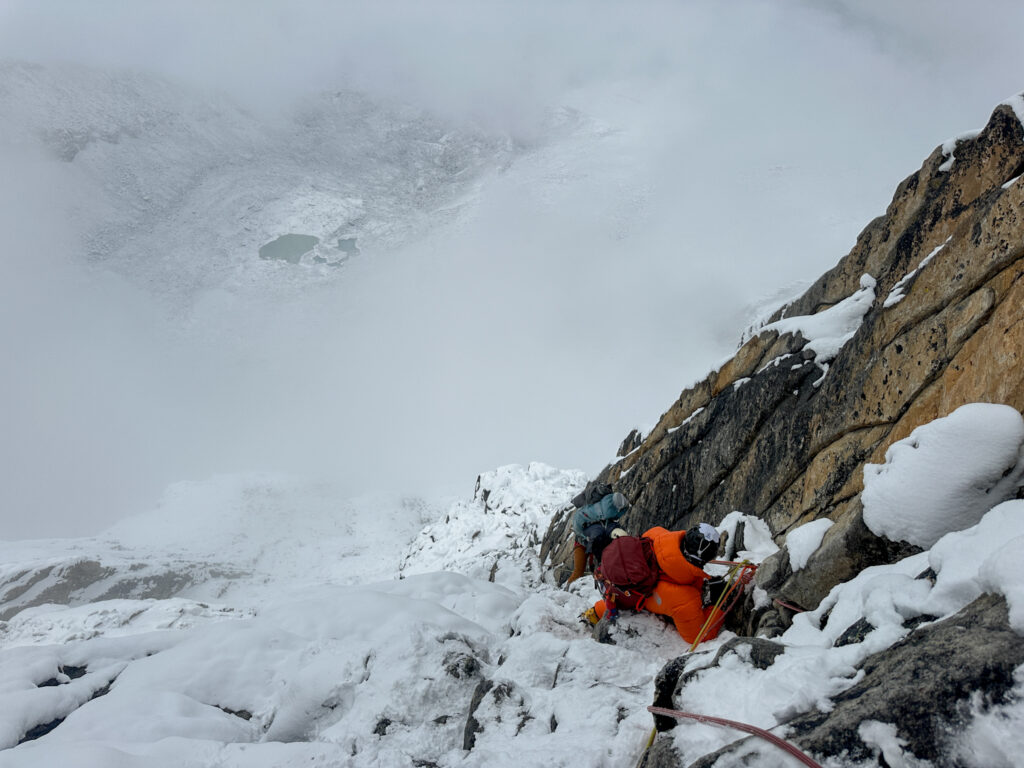
Booking Permits and Logistics
Climbing Ama Dablam requires:
- A climbing permit from the Nepal Ministry of Tourism
- TIMS card and Sagarmatha National Park entry
- Liaison officer arrangements and insurance for local staff
At LHO, we manage all logistics including permits, porters, Base Camp infrastructure, guide ratios, and safety systems so you can focus on the climb.
Why Go With a Guide?
Ama Dablam is a technical and committing climb where real time decision making can mean the difference between success and safety. A professional guide:
- Manages fixed line navigation and transitions
- Monitors team health and weather windows
- Makes judgment calls on hazards such as serac instability
On an LHO expedition, you are not just with a guide. You have a dedicated expedition coordinator, Base Camp team, and experienced climbing Sherpas ensuring every element of the expedition is supported.
Final Thoughts
Climbing Ama Dablam is a life defining experience, a blend of high altitude challenge, technical precision, and the pure joy of moving through one of the most beautiful mountain environments on Earth.
With the right preparation, mindset, and team, you return not just with a summit, but with sharpened skills, new friendships, and a deeper connection to the mountains.
If you are ready to take on Ama Dablam with a team that believes adventure should transform you, not just test you, explore our Ama Dablam expeditions at Life Happens Outdoors and start your journey today.
About The Author
Rami Rasamny is the founder of Life Happens Outdoors, a premium adventure travel community dedicated to transforming lives through curated outdoor experiences. A mountaineer and entrepreneur, Rami has led teams on some of the world’s most challenging peaks, from the Alps to the Himalayas. His mission is to make adventure accessible, transformative, and safe for all who seek to push their limits and Come Back Different.
About Life Happens Outdoors
At Life Happens Outdoors, we believe in the power of nature to transform lives. As proud members of the Adventure Travel Trade Association (ATTA) and the World Travel & Tourism Council (WTTC), our team of certified guides and outdoor professionals is committed to the highest standards of safety, sustainability, and excellence.
Discover more about our story and mission on our Meet LHO page, or explore our curated adventures such as the Tour du Mont Blanc Trek, the Climb of Kilimanjaro, and Chasing the Northern Lights.









